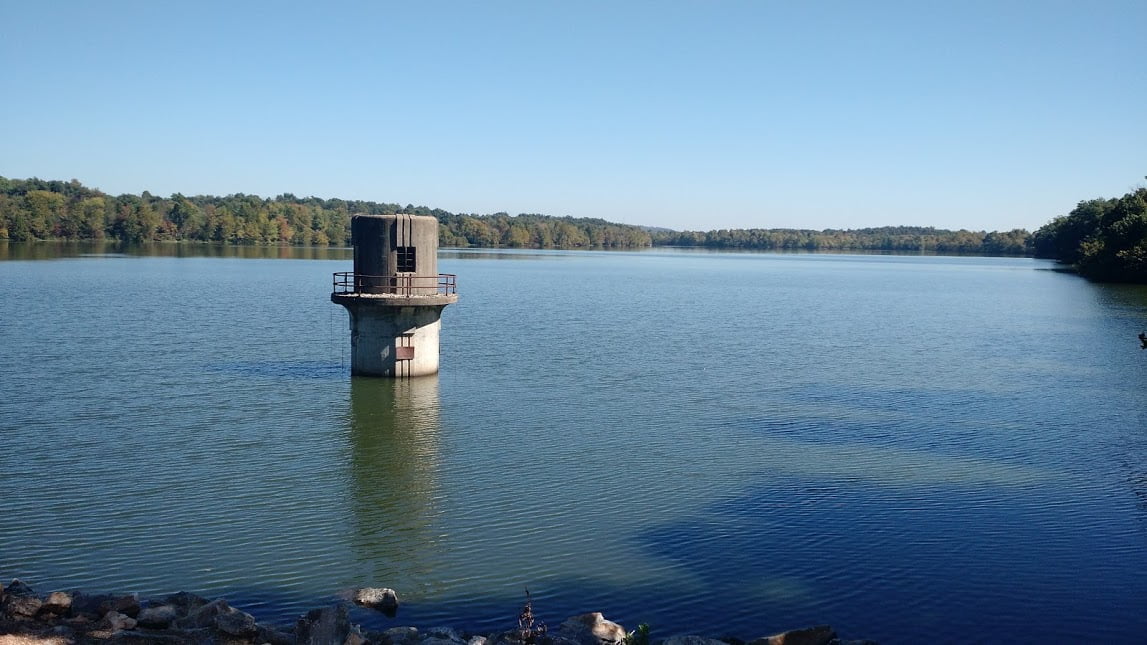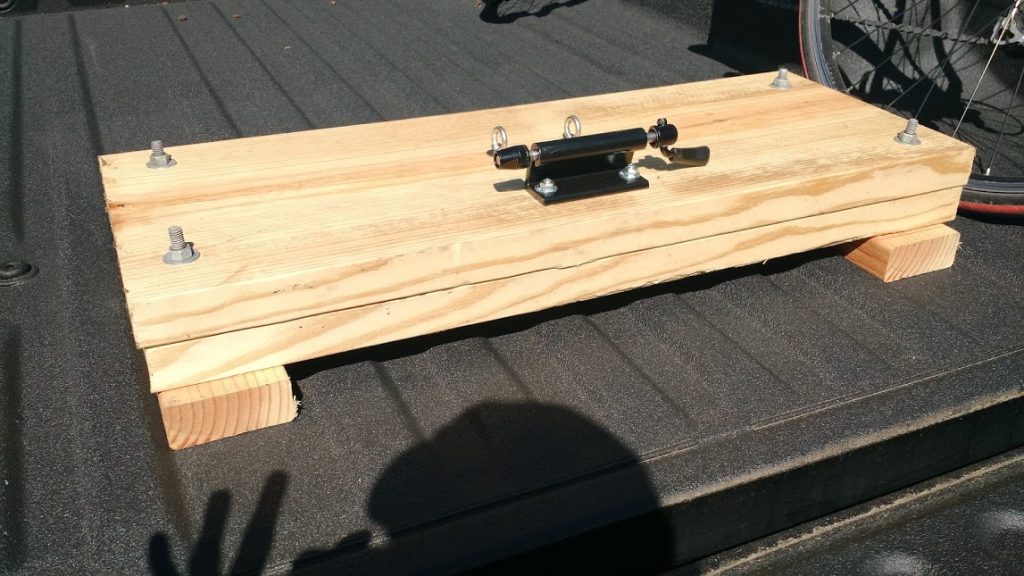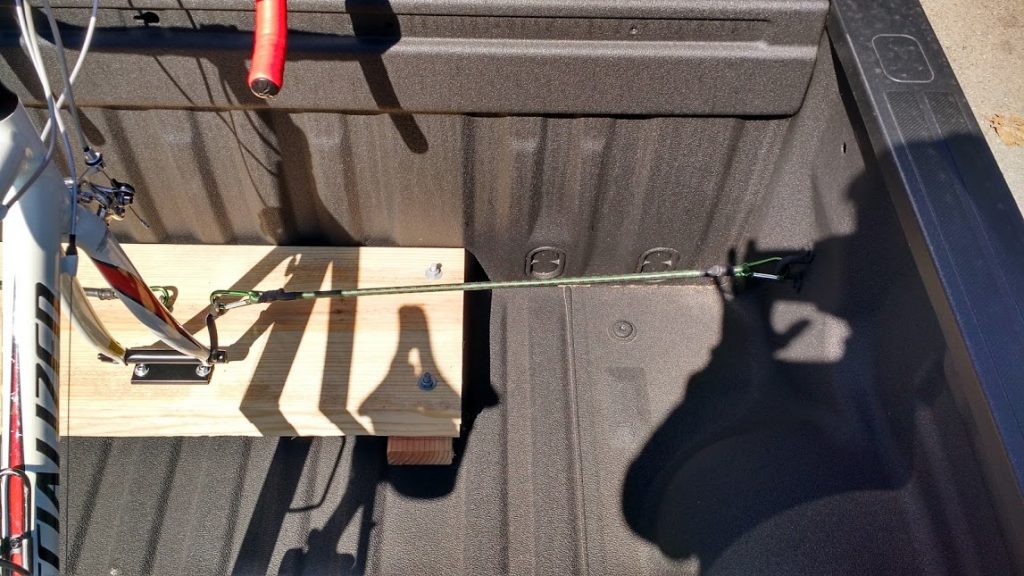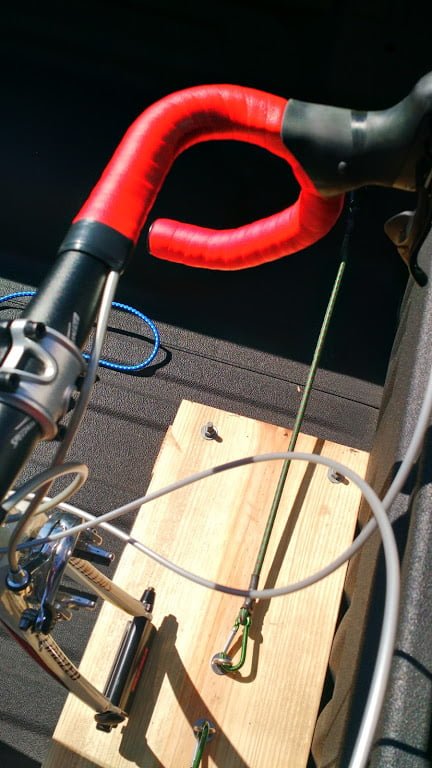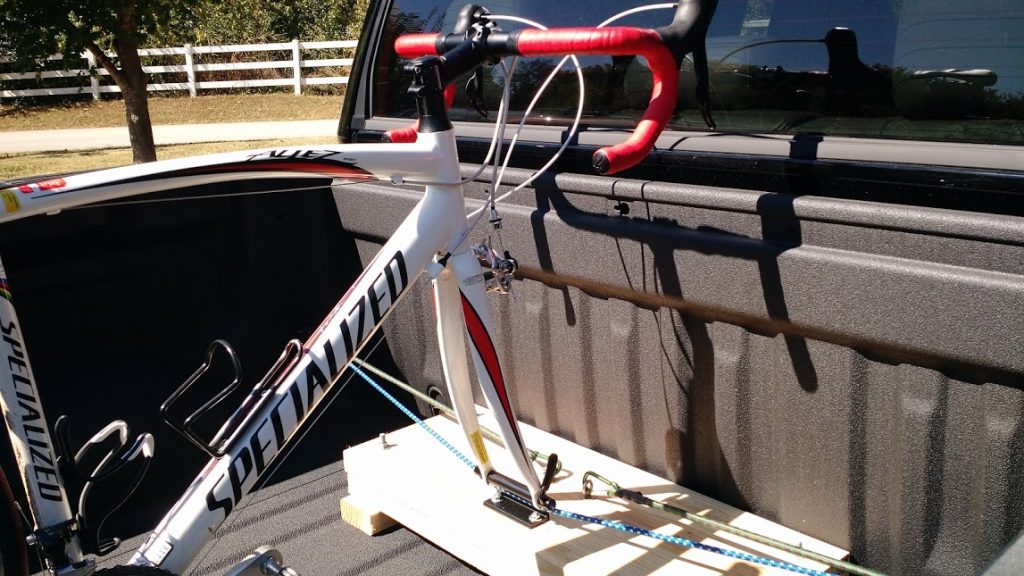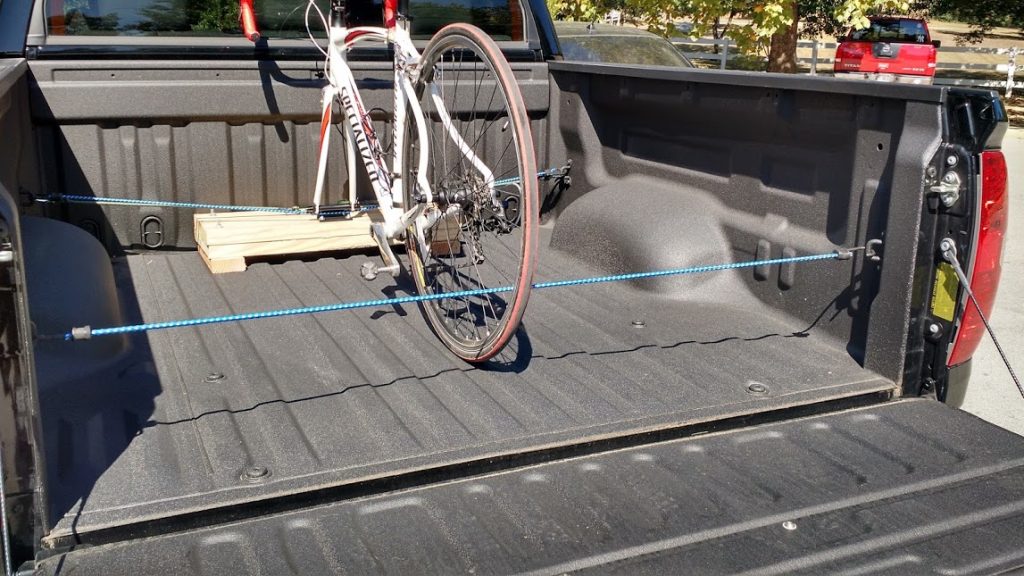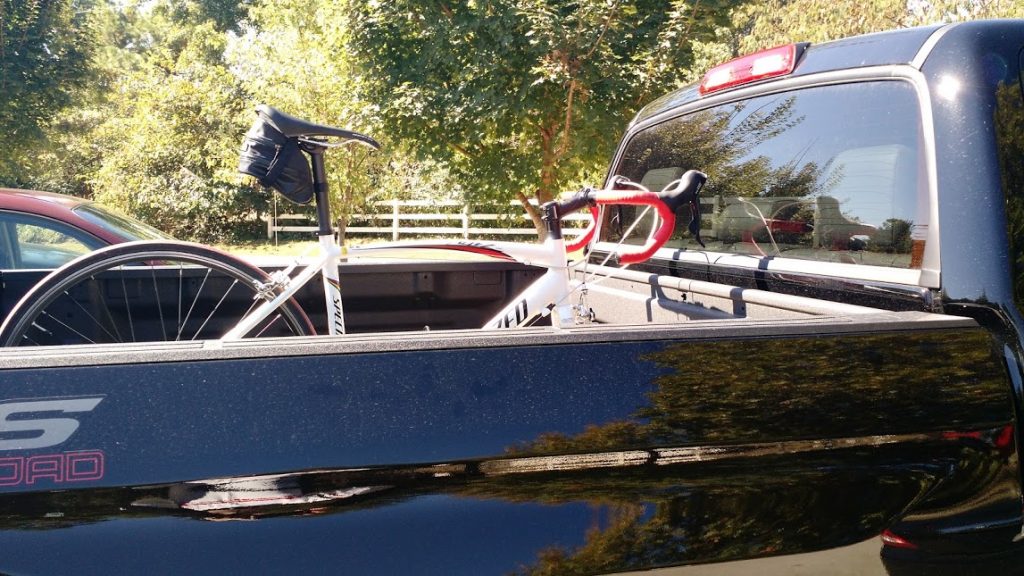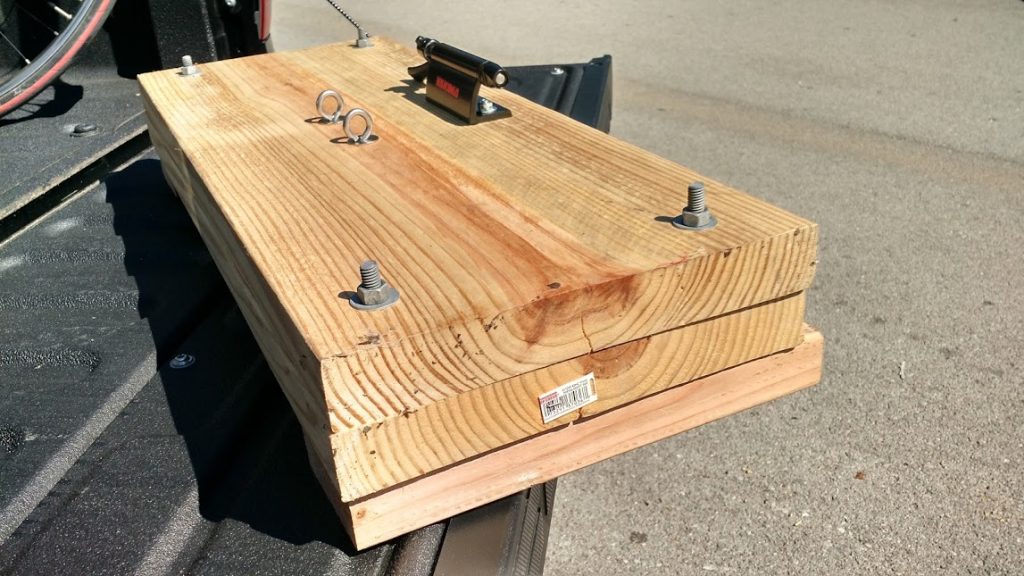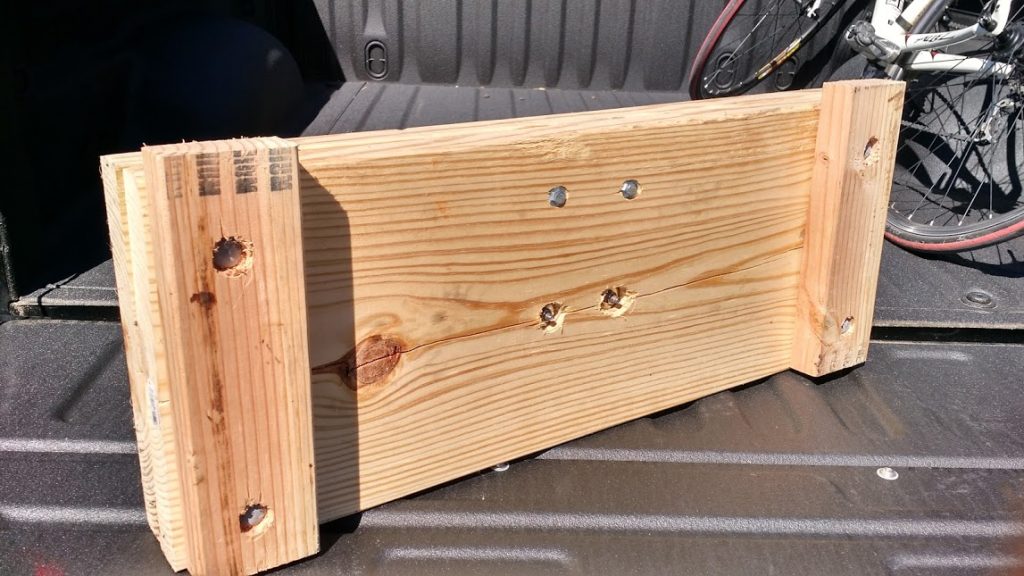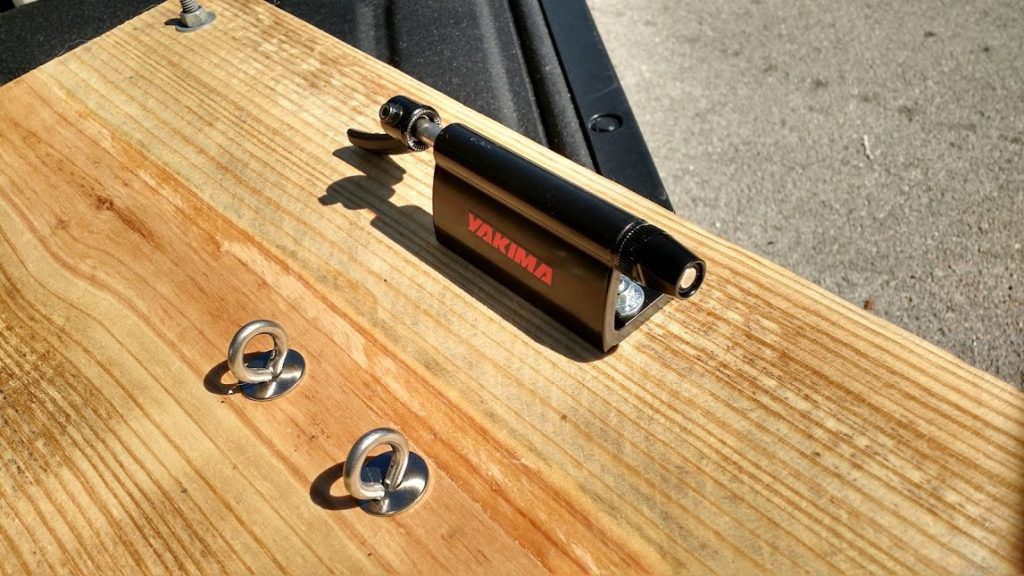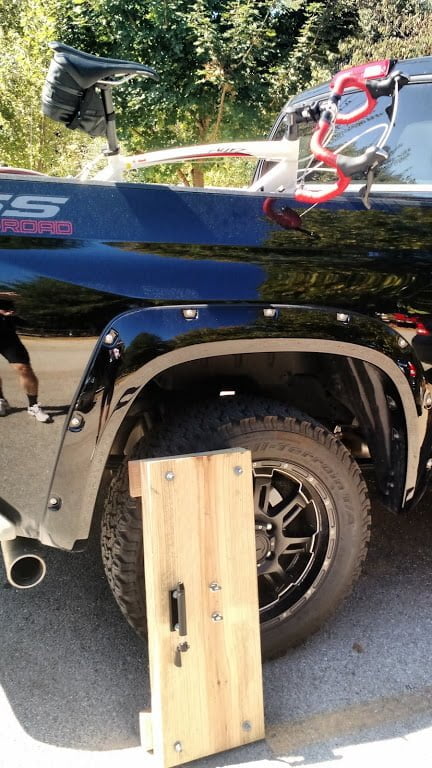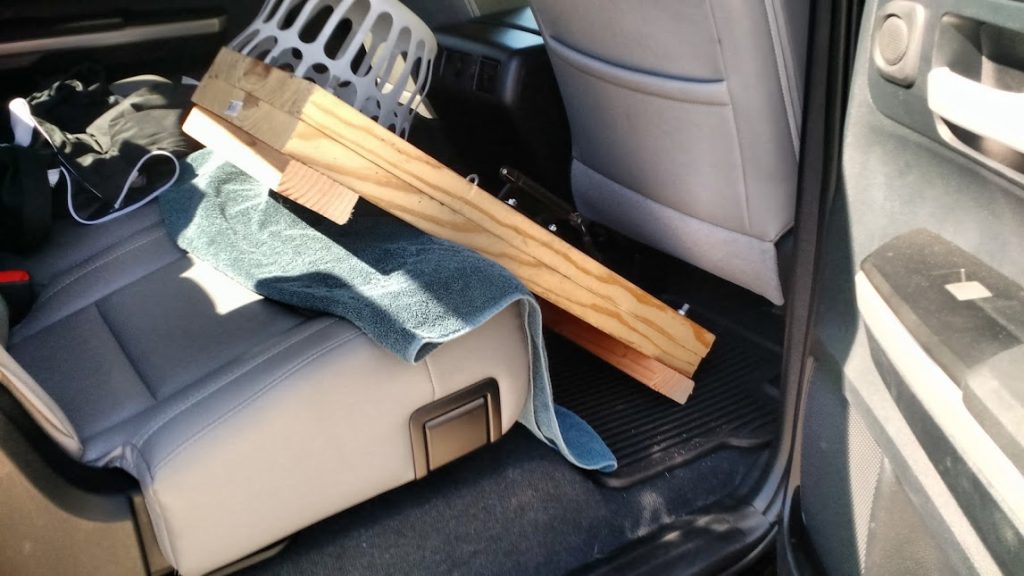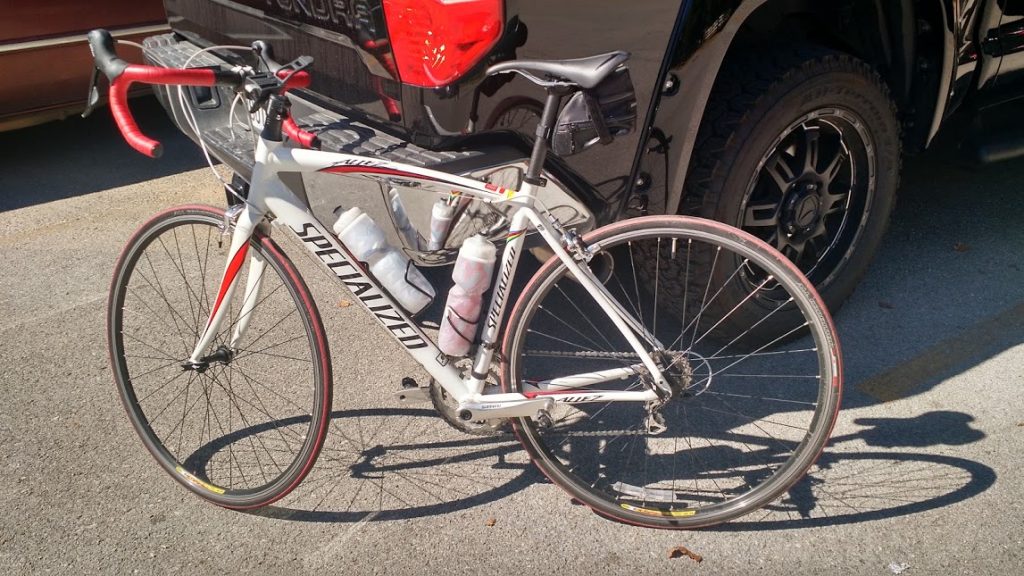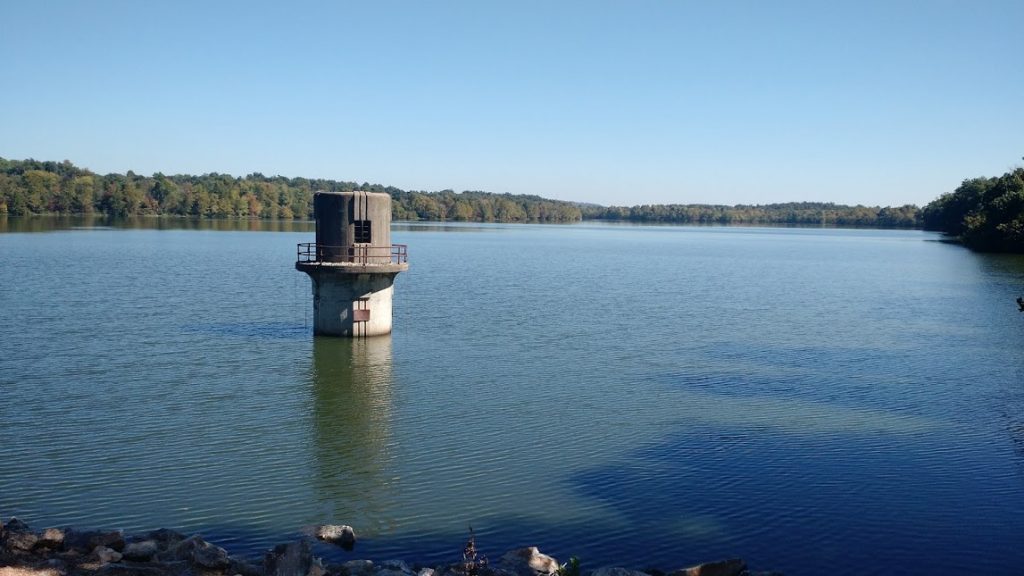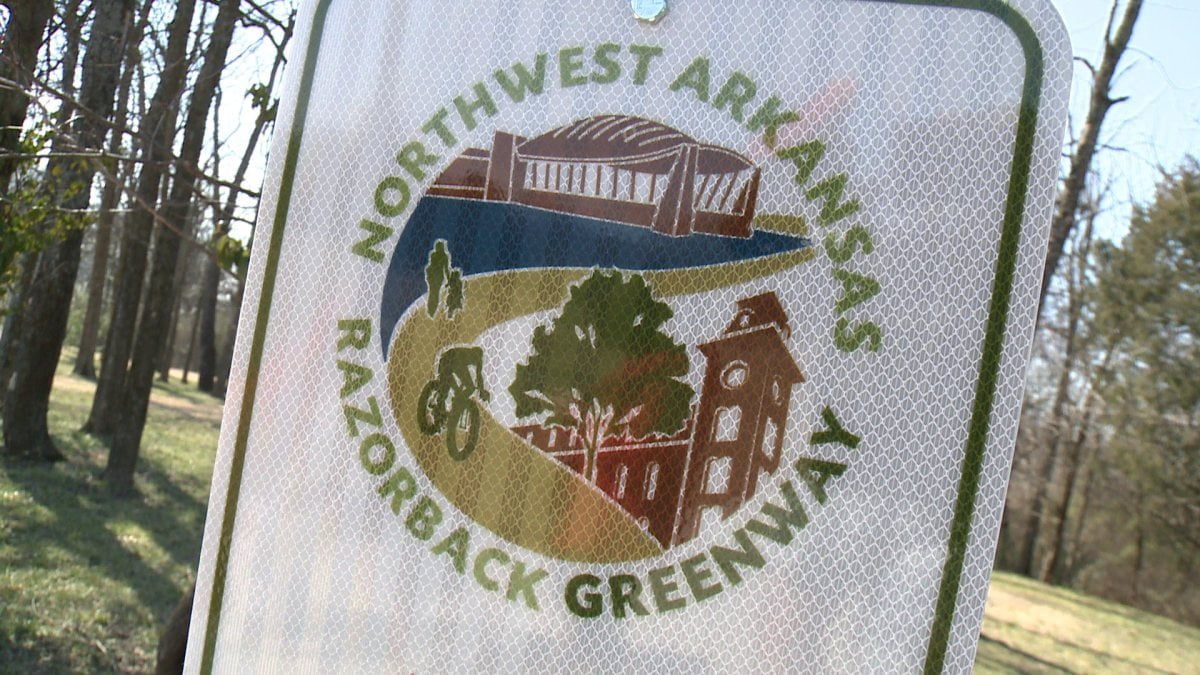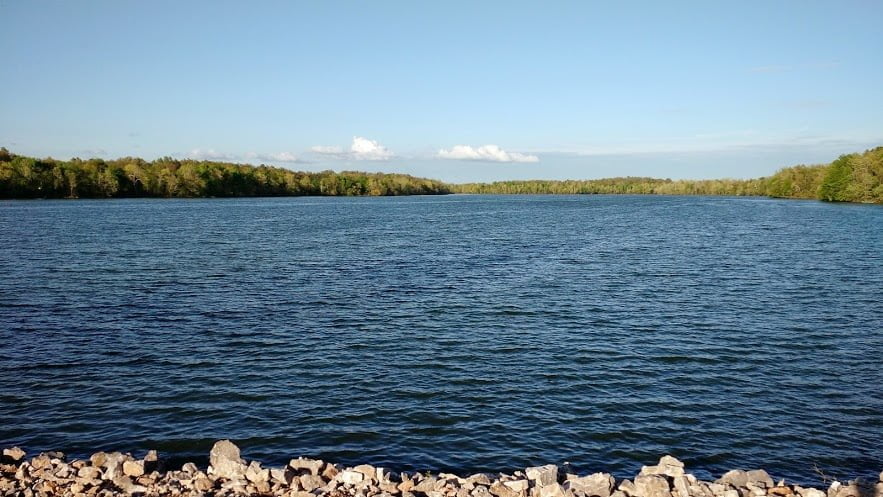An overview on my migration to Litespeed Web Server.
It had been nearly two years since one of my sites had been setup on it’s current server, and was experiencing a couple issues leftover from previously-used software and plugins.
Was considering a 100% nginx deployment, due to my positive experiences on this site and another test site running Invision Power Board.
There were problems:
- with busy forums, with content to share and distribute, continues to be difficult to deliver quickly. It’s easy with some basic forum packages, but motorcycle enthusiasts don’t enjoy basic experiences.
- nginx could help improve speed, but wasn’t convinced that critical issues wouldn’t be missed that are taken for granted with apache.
- my CDN provider started supporting HTTP/2. Using a Let’s Encrypt certificate, site performance was improved greatly on images and javascript. Wanted to see how that could be accomplished on the entire site.
- It was time for SSL Security on my site. Squashed a few man-in-the-middle issues with DNSSEC, but was still seeing content and revenue impacted. However, SSL Security typically means slower website response time. Despite Google’s affinity toward SSL sites, user satisfaction was a greater concern.
Litespeed was worth implementing just on the speed of the sites I visited. Speed alone made it worth the effort. I was also ready to move off of XCache and start utilizing Zend Opcache along with Memcached instead.
Implementing Litespeed at the command line didn’t work for me, because I still use Plesk on that particular server. Test content was working well after I deleted and created a new instance with a installation strategy centered around Plesk first. In other words, install Plesk after the O/S install, and then add-in the Litespeed module for Plesk. Don’t be concerned with the Litespeed traditional install, just insert the Litespeed license key in the appropriate place and it will take care of downloading and installing Litespeed.
Configuring the php items was a bit trickier. It is best to use Litespeed’s pre-built libraries, and after some patience I added in Zend Opcache, Memcached, ImageMagick, Pecl, and a few other items. As of this writing it’s still php 5.6, but version 7 is available.
Speed improvements were quite noticeable when all of content was moved over, and user participation increased. I’ve actually slowed the site back down a bit since, due to being able to re-enable modules that were causing issues before, but the overall user feedback has been very positive.
This post’s picture of Lake Fayetteville was taken a few weeks ago, during most of the effort to get Litespeed stable. My distance dropped a bit due after recovering from allergy issues, but am now going stronger for longer distances.
Litespeed can be found here.
